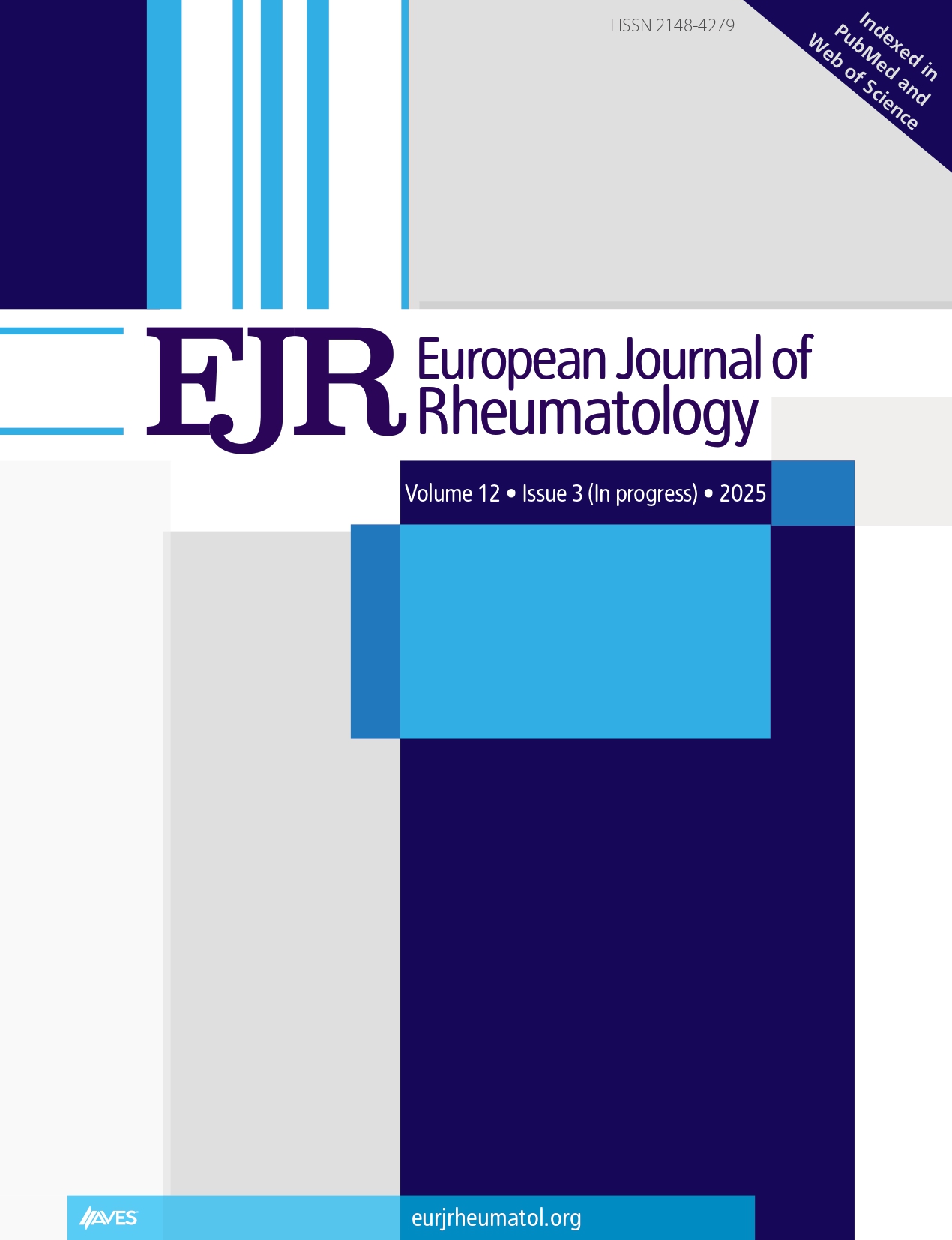
Glucocorticoid-Induced Adiposity Is a Predictor of Fragility Fractures in a Large Cohort: A Cross-Sectional Study
Main Article Content
Abstract
Background: Glucocorticoids (GCs) predispose individuals to fractures by reducing bone mineral density (BMD) and inducing adiposity. Emerging evidence highlights the harmful effects of adiposity on
bone and increased fracture risk. This study aims to investigate GC-induced adiposity as a predictor of
fragility fractures in a large population-based cohort.
Methods: Data were collected from patients referred to a regional Dual-energy X-ray absorptiometry (DEXA) scanner in the northwest of England from 2004 to 2019 for their first DEXA scan.
Patients underwent bilateral femoral and lumbar spine DEXA scans, providing fat percentage data
for the abdomen (FPA), left hip (FPLH), right hip (FPRH), and partial body fat (PBF), as well as BMD
data over the scanned areas. A questionnaire was administered to gather demographic variables,
Fracture Risk Assessment (FRAX) risk factors, and self-reported history of fragility fractures (defined
as a fall from standing height after the of age 50). Comparative statistics were conducted between
GC and non-GC populations, with further analysis of fractured and non-fractured GC subgroups. A
multivariate logistic regression modeled PBF, FPA, FPLH, and FPRH as predictors of non-spine fractures, adjusting for FRAX risk factors: age, sex, body mass index (BMI), smoking, excess alcohol use
(defined as >3 units per day), rheumatoid arthritis, history of fracture, family history of fracture, and
the left femoral T-score.
Results: A total of 8023 GC and 23 523 non-GC patients were referred for scans. The mean age of GC
patients was 67.3 years (SD 28.3) compared to 63.8 years (SD 13.7) for non-GC patients. Fractured GC
patients had higher BMIs, weighed more, and had higher levels of adiposity than non-GC patients.
In the GC population, only peripheral fat was significantly different between fractured and non-fractured groups. Partial body fat% (odds ratio [OR] 3.8, 95% CI 1.2-12.2), FPA% (OR 2.4, 95% CI 1.1-4.8), and
FPLH% (OR 3.5, 95% CI 1.1-10.6) all predicted non-spine fractures.
Conclusion: A key limitation of this study is the lack of data on the duration and dosage of glucocorticoid (GC) administration, which may have influenced the results. Despite this, GC-induced adiposity
was a significant predictor of non-spine fractures, except for fractures in the Fat percentage at the
right high (FPRH). High peripheral fat, particularly at the left hip, may indicate regional muscle loss,
leading to instability and increased fracture risk. Further research is needed to investigate the relationship between GC dosage, timing, adiposity, and fracture risk, as well as to explore interventions aimed
at reversing compositional changes in patients with a history of GC use to prevent fractures.
Cite this article as: Amin H, Khan MA,
Sultan Z, Bukhari M. Glucocorticoidinduced adiposity is a predictor of
fragility fractures in a large cohort:
A cross-sectional study. Eur J Rheumatol.
2025, 12(3), 0061, doi: 10.5152/
eurjrheum.2025.24047.

